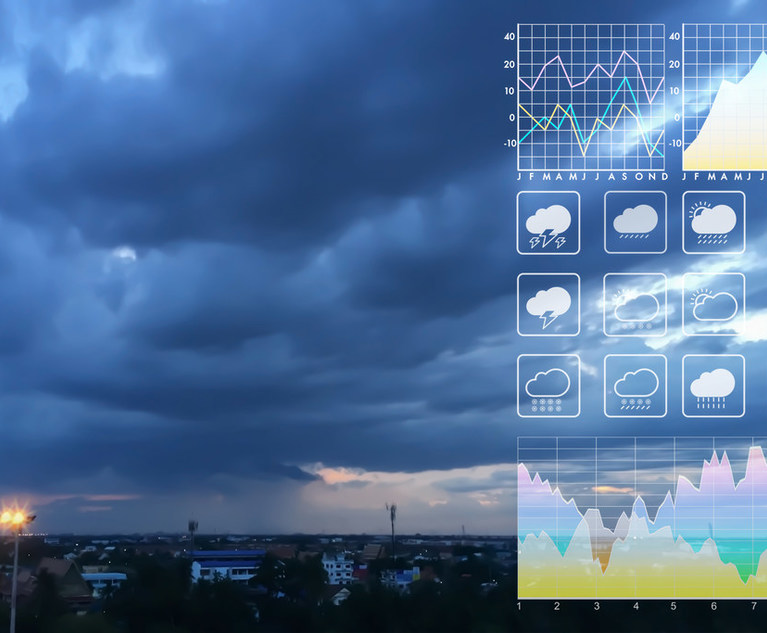 (Credit: ekapolsira/Adobe Stock)
(Credit: ekapolsira/Adobe Stock)
The projected damage for Hurricane Helene before it made landfall was a few billion dollars. However, after the storm, Moody's estimate was $425.9 billion. Now Hurricane Milton is headed toward Florida's west coast and expected to make landfall Wednesday evening. In short, the potential risk natural disasters pose to structures is massive and growing.
Recommended For You
Want to continue reading?
Become a Free PropertyCasualty360 Digital Reader
Your access to unlimited PropertyCasualty360 content isn’t changing.
Once you are an ALM digital member, you’ll receive:
- Breaking insurance news and analysis, on-site and via our newsletters and custom alerts
- Weekly Insurance Speak podcast featuring exclusive interviews with industry leaders
- Educational webcasts, white papers, and ebooks from industry thought leaders
- Critical converage of the employee benefits and financial advisory markets on our other ALM sites, BenefitsPRO and ThinkAdvisor
Already have an account? Sign In Now
© Touchpoint Markets, All Rights Reserved. Request academic re-use from www.copyright.com. All other uses, submit a request to [email protected]. For more inforrmation visit Asset & Logo Licensing.







